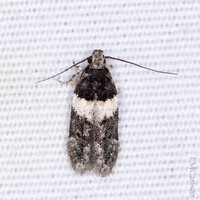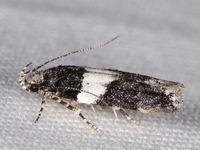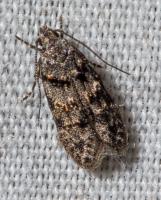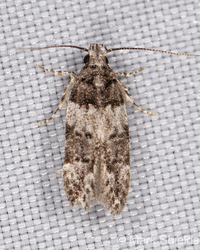
| Recorded by: Simpson Eason on 2025-06-05
Durham Co.
Comment: | 
| Recorded by: Simpson Eason on 2025-05-17
Durham Co.
Comment: |

| Recorded by: David George, Jeff Niznik, Brian Bockhahn, Jim Petranka, John Petranka, Becky Elkin on 2025-05-09
Cumberland Co.
Comment: | 
| Recorded by: Jim Petranka, John Petranka and Becky Elkin on 2025-05-08
Harnett Co.
Comment: |
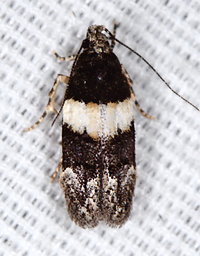
| Recorded by: Jim Petranka, John Petranka and Becky Elkin on 2025-05-08
Harnett Co.
Comment: | 
| Recorded by: Ken Kneidel on 2025-04-28
Mecklenburg Co.
Comment: |

| Recorded by: Ken Kneidel on 2025-04-28
Mecklenburg Co.
Comment: | 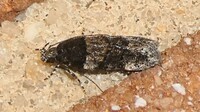
| Recorded by: Simpson Eason on 2025-04-25
Durham Co.
Comment: |

| Recorded by: David George on 2024-06-14
Durham Co.
Comment: | 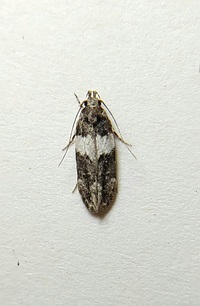
| Recorded by: Mark Basinger on 2024-05-26
Brunswick Co.
Comment: |
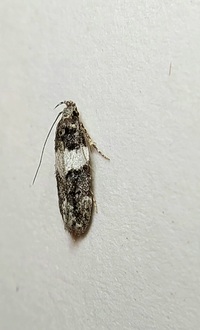
| Recorded by: Mark Basinger on 2024-05-26
Brunswick Co.
Comment: | 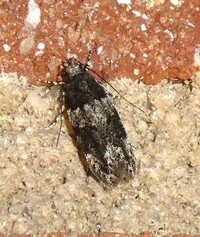
| Recorded by: Simpson Eason on 2024-05-16
Durham Co.
Comment: |
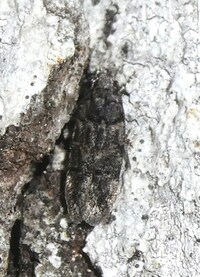
| Recorded by: Simpson Eason on 2024-05-02
Durham Co.
Comment: | 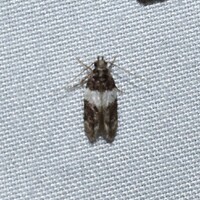
| Recorded by: David George, Stephen Dunn, Jeff Niznik, Rich Teper, Becky Watkins on 2023-07-30
Swain Co.
Comment: |
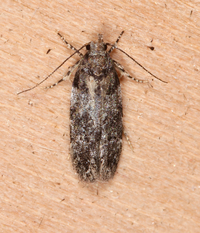
| Recorded by: Jim Petranka and Becky Elkin on 2023-07-28
Buncombe Co.
Comment: | 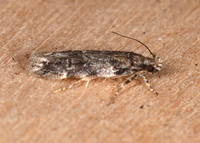
| Recorded by: Jim Petranka and Becky Elkin on 2023-07-28
Buncombe Co.
Comment: |
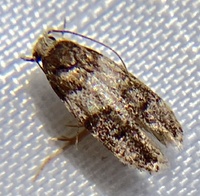
| Recorded by: Ken Kneidel on 2023-06-25
Mecklenburg Co.
Comment: | 
| Recorded by: Jeff Niznik on 2023-06-17
New Hanover Co.
Comment: |
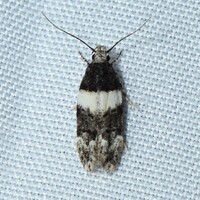
| Recorded by: David George, Jeff Niznik, Rich Teper, Erich Hofmann, Jesse Anderson on 2023-05-22
New Hanover Co.
Comment: | 
| Recorded by: David George, Jeff Niznik, Rich Teper on 2023-05-21
New Hanover Co.
Comment: |

| Recorded by: David George, Jeff Niznik on 2023-05-17
Chatham Co.
Comment: | 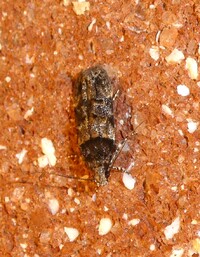
| Recorded by: Simpson Eason on 2023-05-09
Durham Co.
Comment: |

| Recorded by: Vin Stanton on 2023-05-01
Buncombe Co.
Comment: | 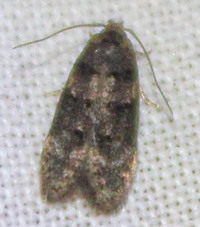
| Recorded by: Vin Stanton on 2023-05-01
Buncombe Co.
Comment: |
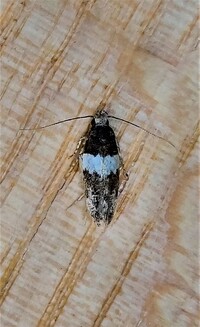
| Recorded by: Gary Maness on 2022-06-15
Guilford Co.
Comment: | 
| Recorded by: David George, L.M. Carlson, Becky Watkins on 2022-06-09
Orange Co.
Comment: |
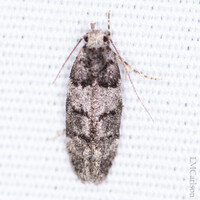
| Recorded by: David George, L.M. Carlson, Becky Watkins on 2022-06-09
Orange Co.
Comment: | 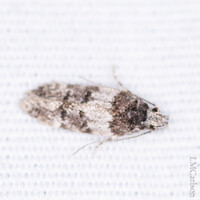
| Recorded by: David George, L. M. Carlson on 2022-05-29
Durham Co.
Comment: |

| Recorded by: David George, L. M. Carlson on 2022-05-28
Orange Co.
Comment: | 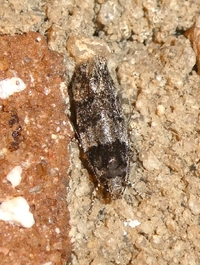
| Recorded by: Simpson Eason on 2022-05-27
Durham Co.
Comment: |
|

 »
»